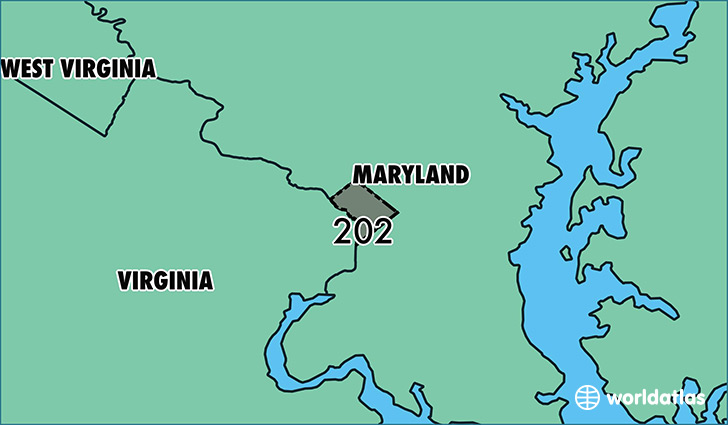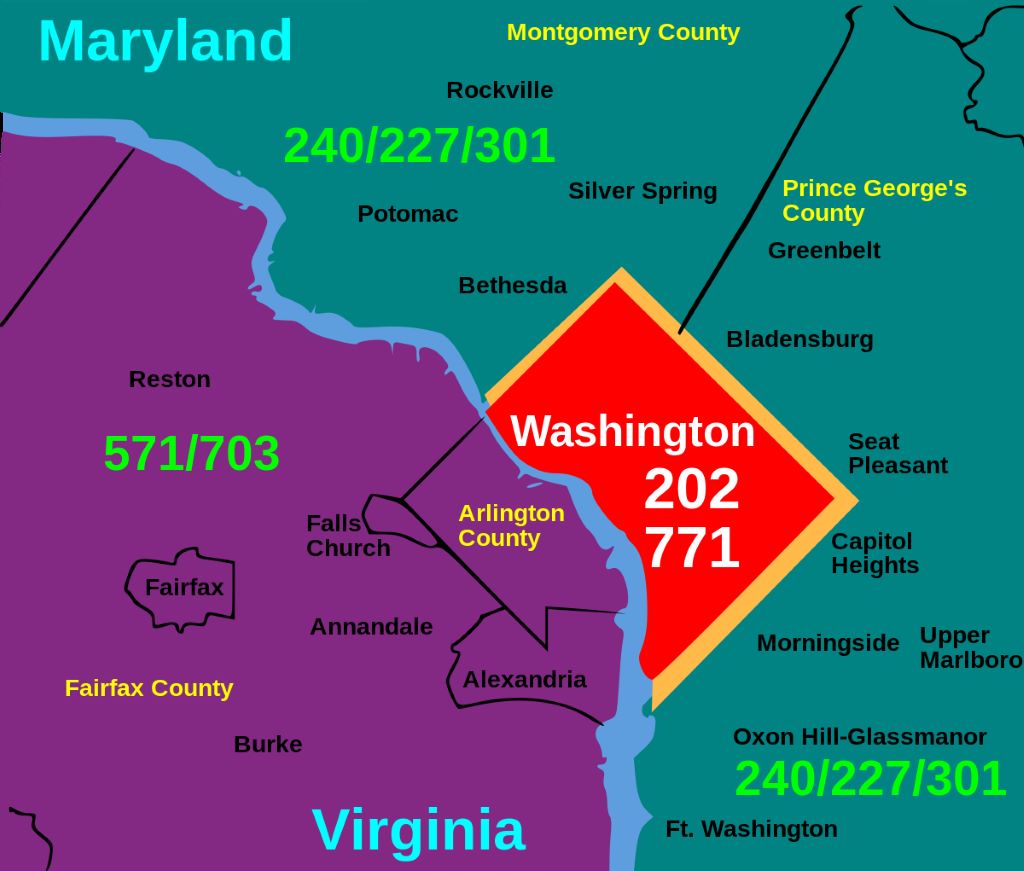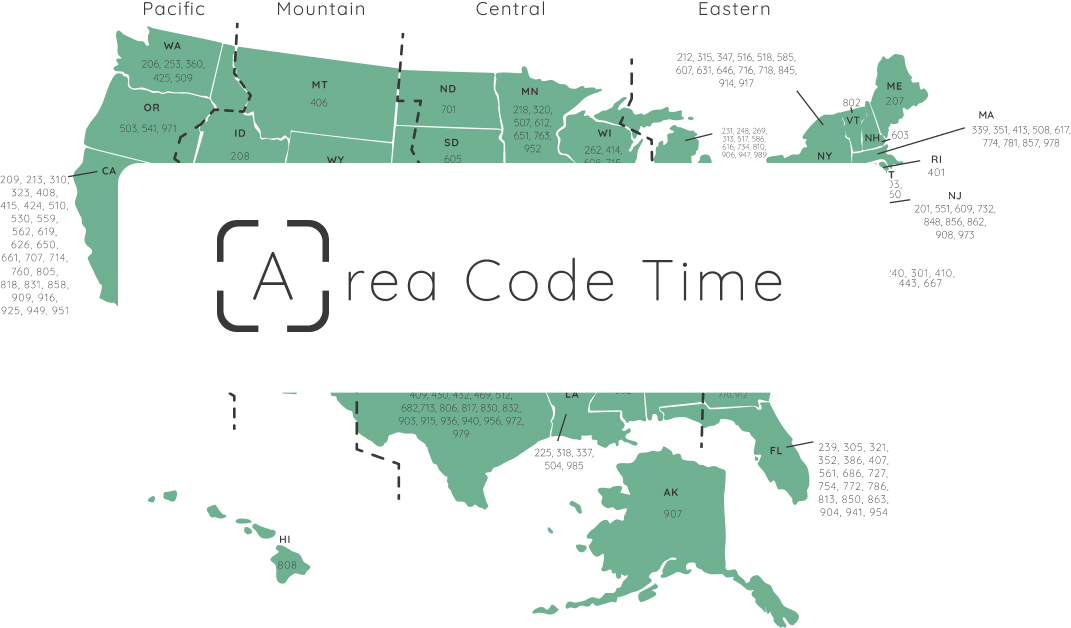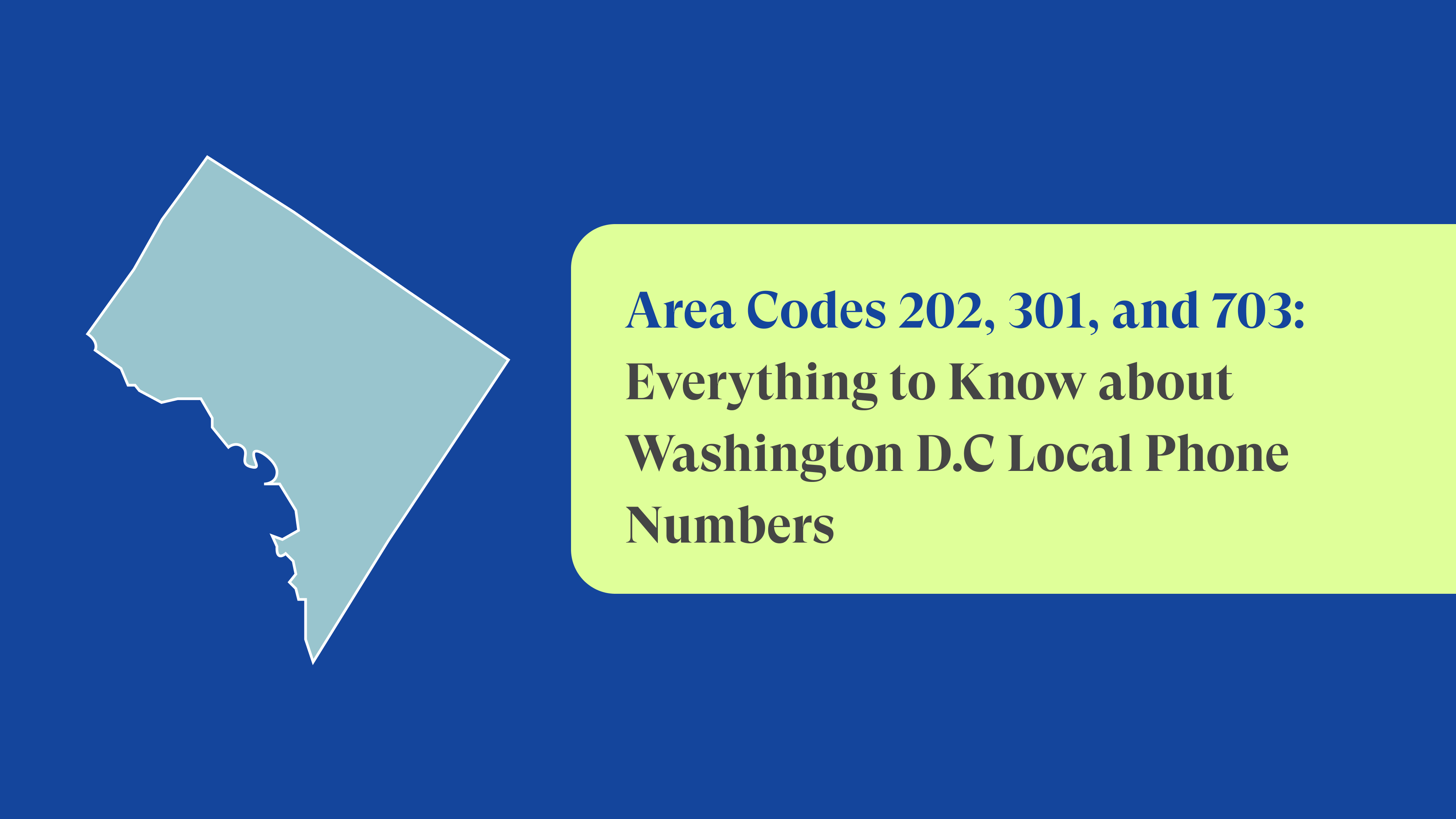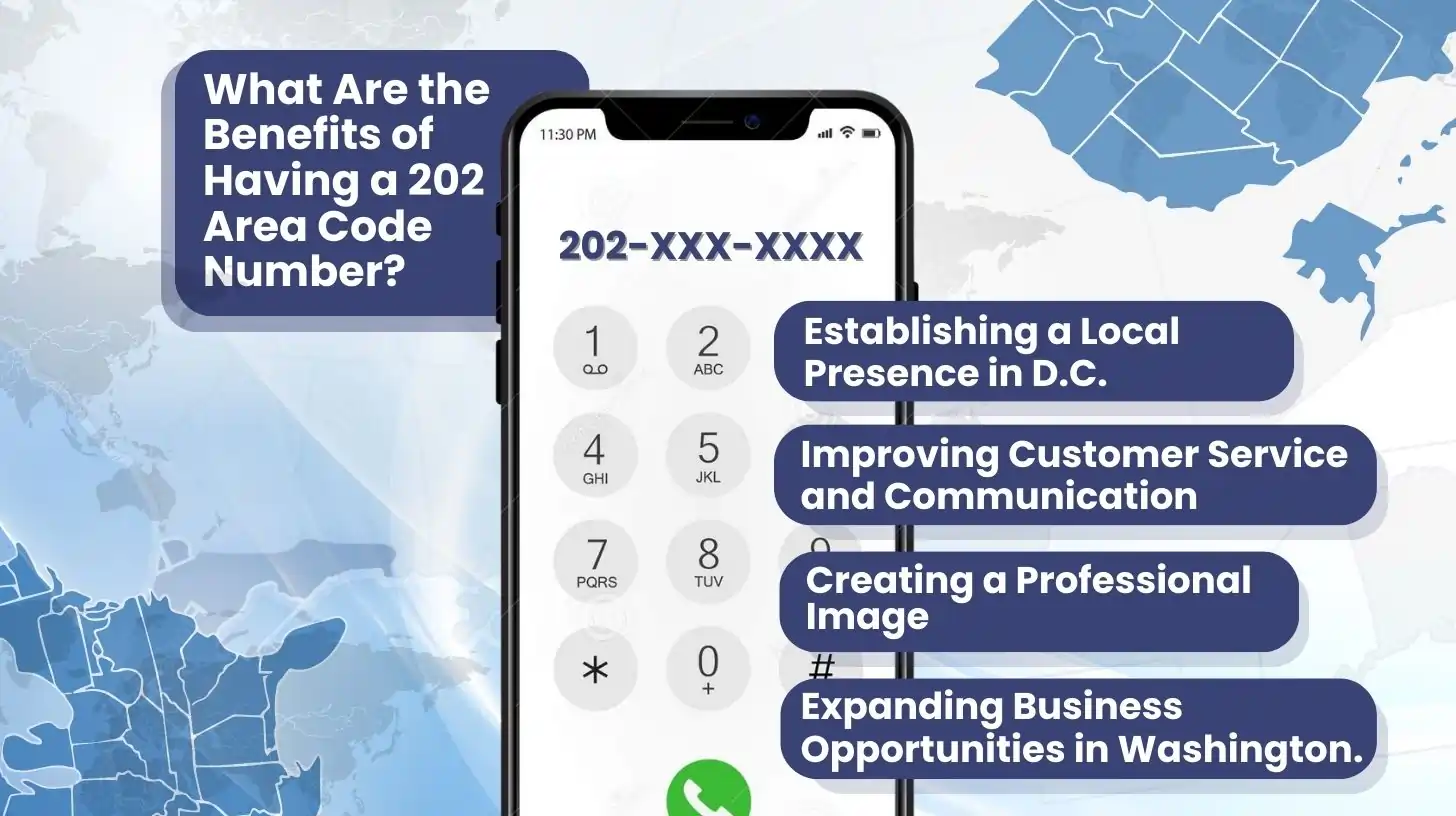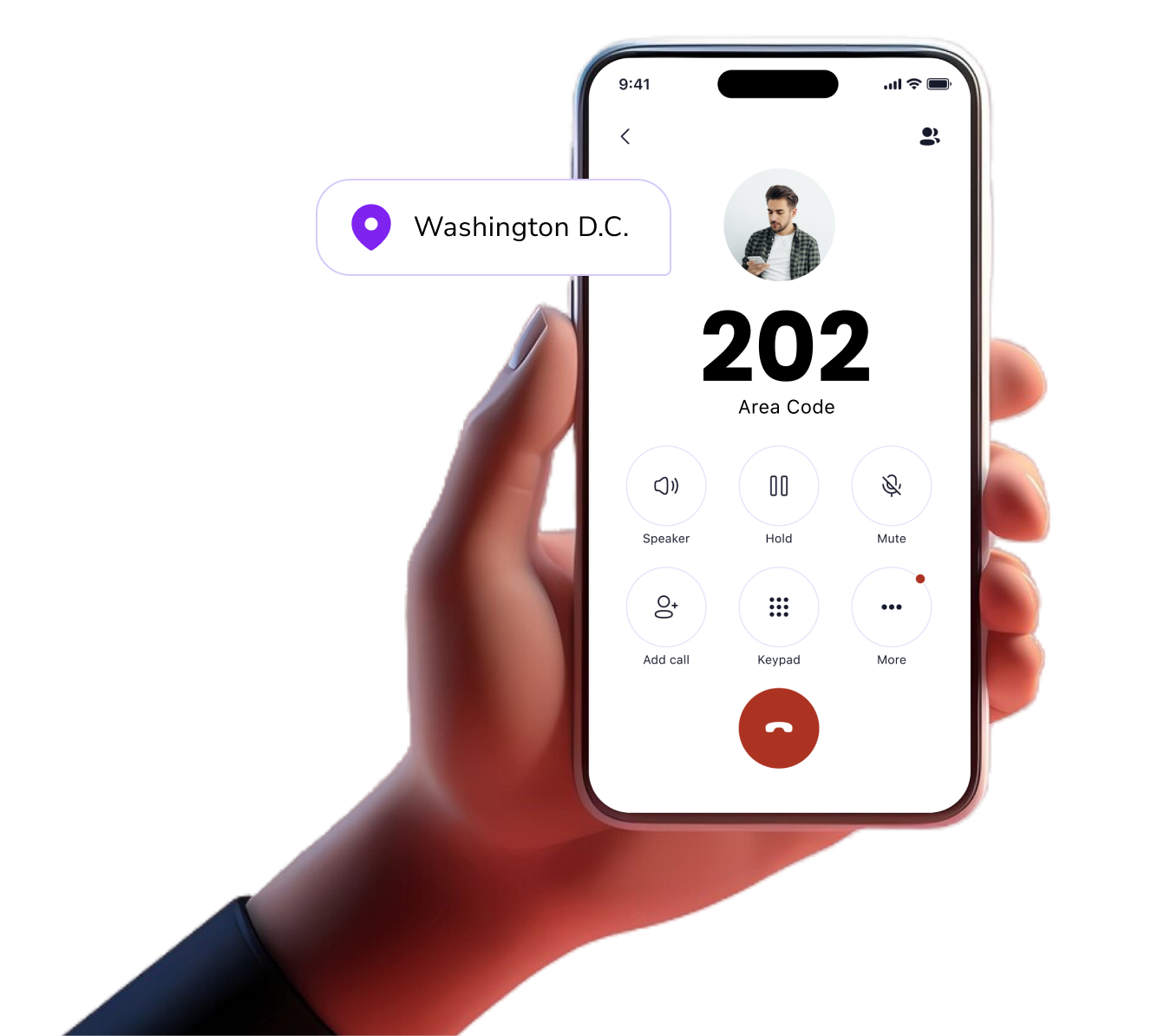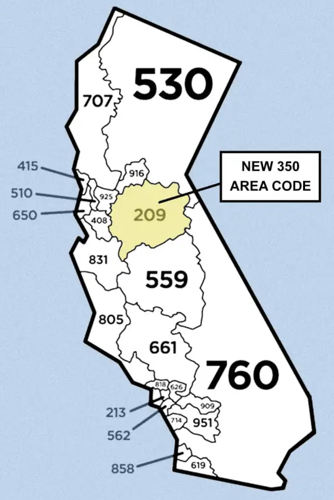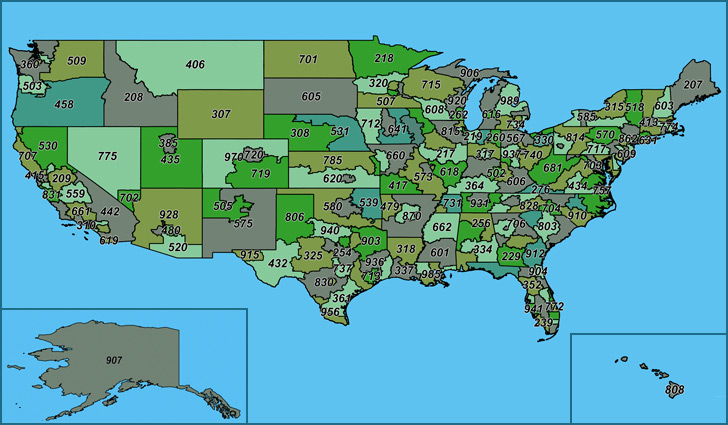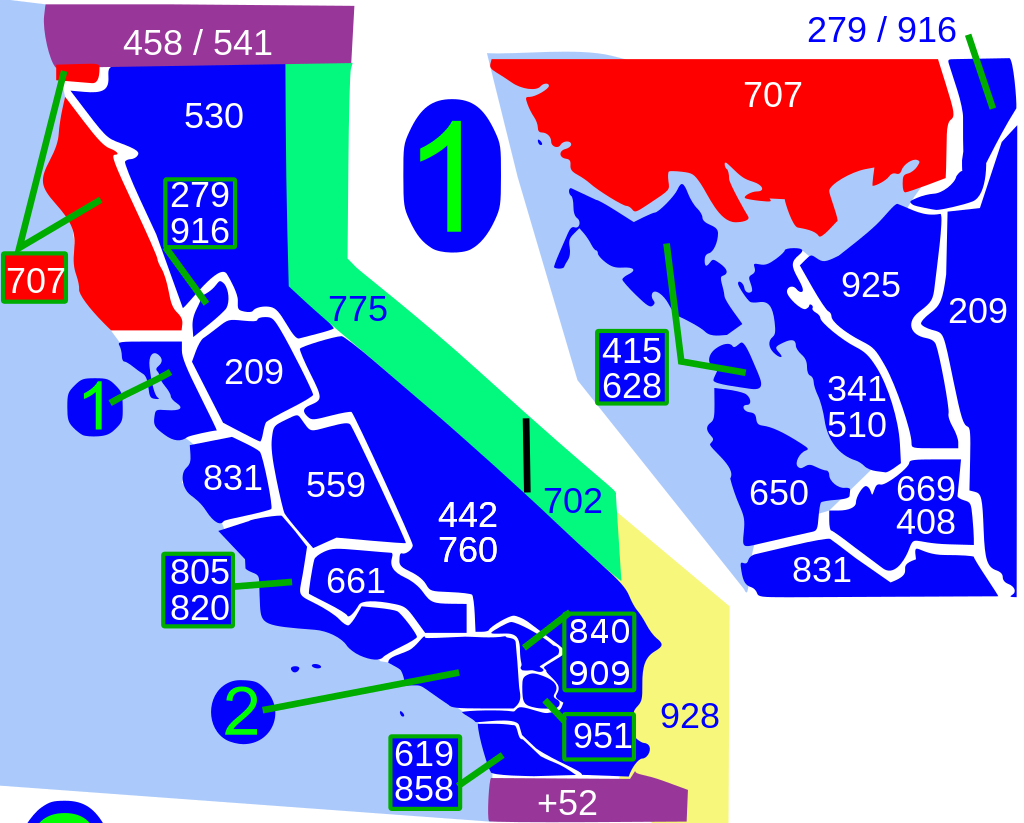Where Is The Area Code 202 From

In the digital age, phone numbers are more than just a string of digits; they are geographic fingerprints. The area code 202, a seemingly simple three-digit number, holds a unique significance. It is inextricably linked to the heart of American power, and its story is deeply intertwined with the nation's capital.
This article delves into the precise geographic location of the 202 area code. We will trace its origins, its historical context, and its present-day boundaries. We will also examine the implications of its unique placement. This includes why it isn't shared across state lines like many other area codes.
The District's Defining Digits
The area code 202 is not just associated with a city; it *is* the area code for the entire District of Columbia. Unlike most area codes, 202 does not extend into neighboring states.
It is solely reserved for the nation’s capital. This unique assignment underscores the District's special status within the United States.
A Historical Perspective
The North American Numbering Plan (NANP) was established in 1947 by AT&T. It assigned area codes to specific geographic regions.
The original purpose was to facilitate direct-dial long-distance calls. This eliminated the need for operator assistance.
Washington D.C. was one of the original area codes assigned. This reflected its importance as the seat of the federal government.
Initially, many states were assigned a single area code. Some larger states like California and New York received multiple area codes. Washington D.C., due to its unique federal status and limited geographic area, was assigned 202.
Geographic Boundaries: Confined to the Capital
The 202 area code's boundaries are coterminous with the District of Columbia itself. This means that any phone number with a 202 area code is located within the city limits of Washington D.C.
This distinction is crucial because the District is not part of any state. It has its own unique political and administrative structure. The surrounding areas in Maryland and Virginia have different area codes, such as 301, 410, and 703.
This prevents any confusion about whether a phone number is located within the federal district or in a neighboring state. This clear demarcation simplifies communication and reduces potential misinterpretations.
Why Not Split or Overlay?
Many area codes that experienced rapid population growth were split or overlaid with new area codes. This helps to address the increased demand for phone numbers.
However, 202 has never been split or overlaid. This is mainly because the District of Columbia is geographically small and has a relatively stable population. It also reflects a conscious decision to preserve the symbolic importance of the 202 area code.
An overlay would introduce a new area code within the same geographic area. This would require mandatory 10-digit dialing, even for local calls. This could potentially diminish the historical significance of the 202 area code.
The Significance Beyond Geography
The 202 area code has become synonymous with the federal government. It is a symbol of power and influence.
Many federal agencies, political organizations, and lobbying firms have offices in Washington D.C. Therefore, their phone numbers prominently display the 202 area code. This creates an association between the area code and the political landscape of the United States.
Beyond government, the area code has been adopted by media outlets, non-profits, and other organizations. This enhances their association with the nation's capital. The New York Times, for example, maintains a Washington D.C. bureau, which uses 202 phone numbers.
"The 202 area code is more than just a set of numbers. It's a statement. It says, 'We are here, in the heart of American power',"said Dr. Amelia Stone, a professor of communications at George Washington University.
Looking Ahead: The Future of 202
While the future is difficult to predict, the 202 area code is expected to remain firmly rooted in the District of Columbia. No immediate plans exist to split or overlay it.
The unique status of the District, combined with the symbolic importance of the 202 area code, makes any change unlikely. This doesn't mean it's impossible, however.
As technology evolves and communication patterns change, future considerations could involve integrating new communication methods. This might involve incorporating wireless or VoIP services with existing area code structure. It may even one day involve a new area code.
For now, the 202 area code remains a powerful reminder of the United States capital and its place in the world.


